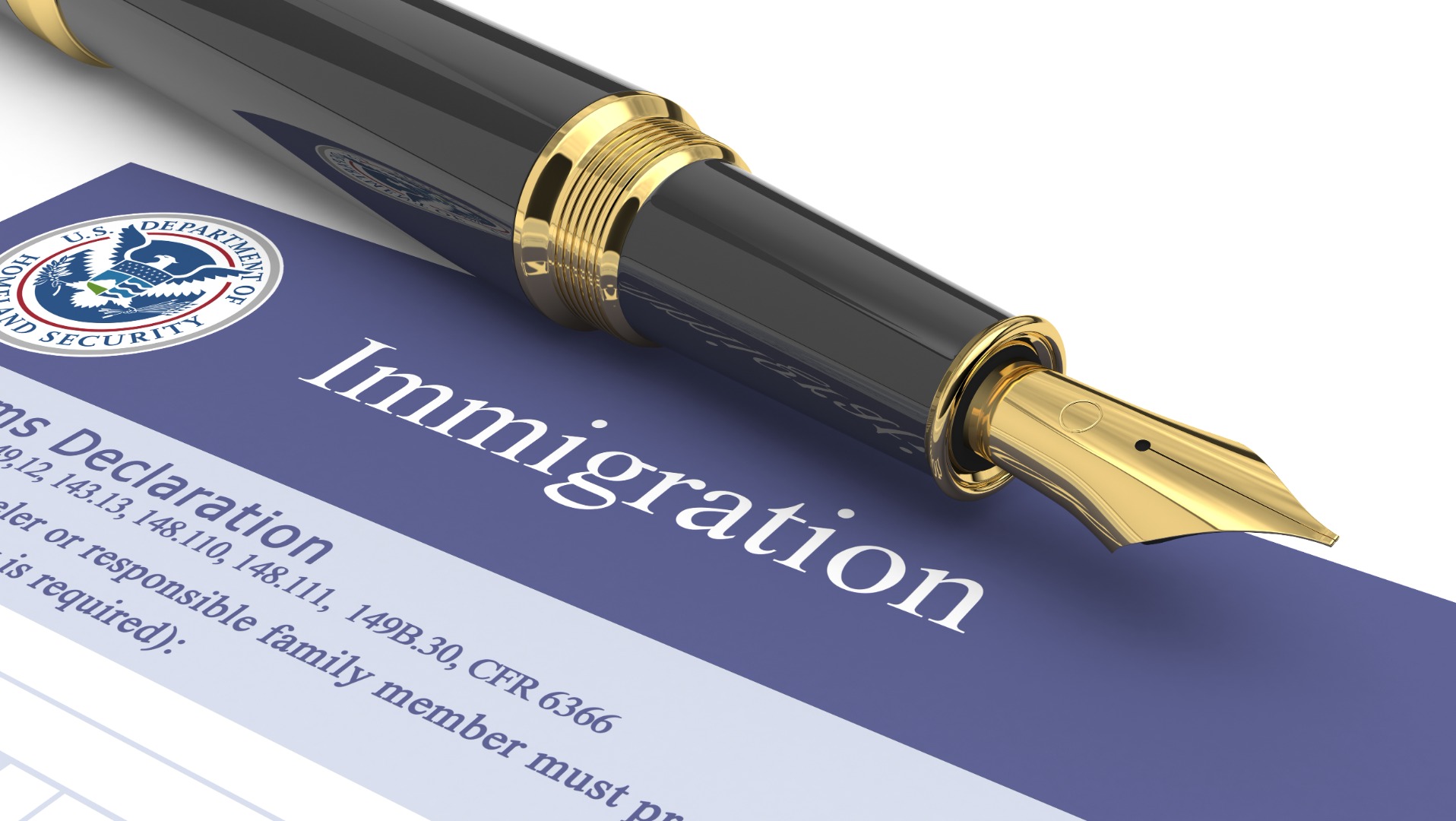
By: Judith Ann
On September 21, 2022, the U.S. Department of Homeland Security (DHS), Immigration and Customs Enforcement (ICE) announced their plans for fall 2022 regulatory changes. These changes, which were set to take effect on October 1, 2022, will affect employers and foreign workers alike in a variety of ways. Some highlights include increased scrutiny of H-1B petitions; tougher regulations on who is eligible for “specialty occupation” work visas; and more stringent requirements related to labor condition applications. We will explore these new regulations in detail and discuss how they could potentially impact those seeking to migrate to the United States. We will also provide insight into how employers can best prepare for what lies ahead. Publication of the new proposal had been scheduled for October 2022 but is now targeted for September 2023.
What is the Regulatory Plan?
The United States Citizenship and Immigration Services (USCIS) and the DHS have announced their regulatory plans. USCIS is proposing changes to the H-1B visa program, while the DHS will be focused on strengthening the asylum system.
USCIS is proposing a number of changes to the H-1B visa program. These changes are meant to increase transparency and accountability in the program, as well as to ensure that only highly skilled workers are able to obtain visas. One proposed change would require employers to provide more information about their need for H-1B workers. Another would allow USCIS to revoke an H-1B visa if it finds that there has been a violation of the terms of the visa.
The DHS is focused on strengthening the asylum system in order to better protect those fleeing persecution. The agency is proposing a number of changes, including increasing the evidentiary requirements for those seeking asylum and expanding the list of countries whose citizens are ineligible for asylum. The agency is also considering a rule that would allow it to repatriate asylum seekers to their home countries if it determines that they would not face persecution there.
What are the priorities for the Regulatory Plan?
The Regulatory Plan outlines USCIS’ three primary regulatory priorities:
What are the benefits listed in the Regulatory Plan?
The Regulatory Plan will bring a number of benefits to the United States, including:
What are the key features of the Plan?
Amendment of H-1B Program: The aim is to redefine the employer-employee relationship within the H-1B visa program. It aims at providing flexibility for start-up entrepreneurs, establishing rules and guidelines for the long-standing Fraud Detection and National Security (FDNS) site visit program, and clarify cap-gap benefits for F-1 students awaiting H-1B status change. It also proposes to allow limited flexibility on employment start dates, define “material change” that would require filing an amendment petition, and improve the notification process with USCIS when an H-1B employee moves to a new work location.
USCIS also intends to change the rules for filing motions to reopen or reconsider, as well as administrative appeals of USCIS judgements. According to the government, the amendments will update and restructure the applicable regulations, clarifying and streamlining the administrative review process.
The regulatory agenda reflects the Biden Administration's agency goals. Most regulations would be published in proposed form initially, followed by a 30 to 60 day public comment period. Such guidelines could be adopted only after the appropriate notice and comment period and passes final assessment by the Office of Management and Budget (OMB). Typically, the regulation process takes at least several months. In some cases, interim and temporary final rules may be adopted more quickly.

© 2026 Chugh LLP Affiliate Network. All Rights Reserved